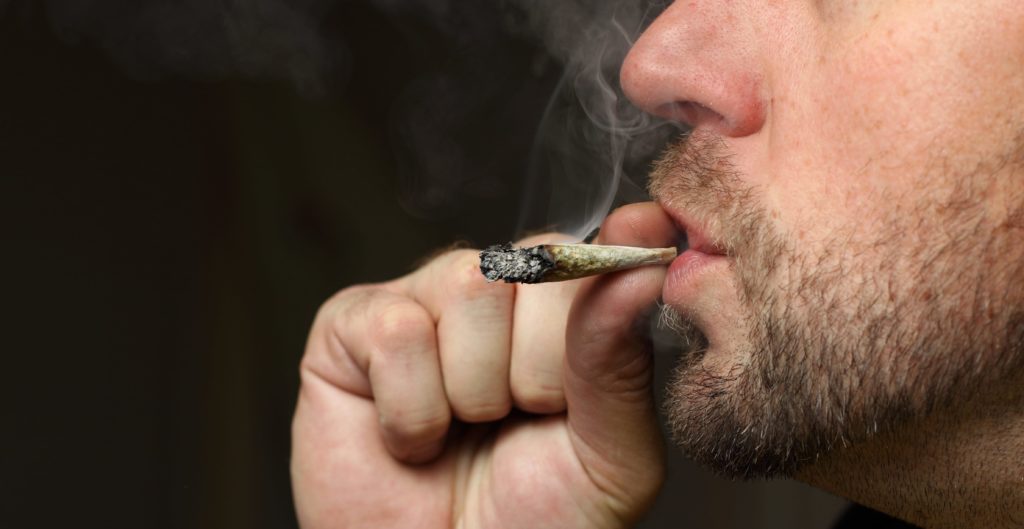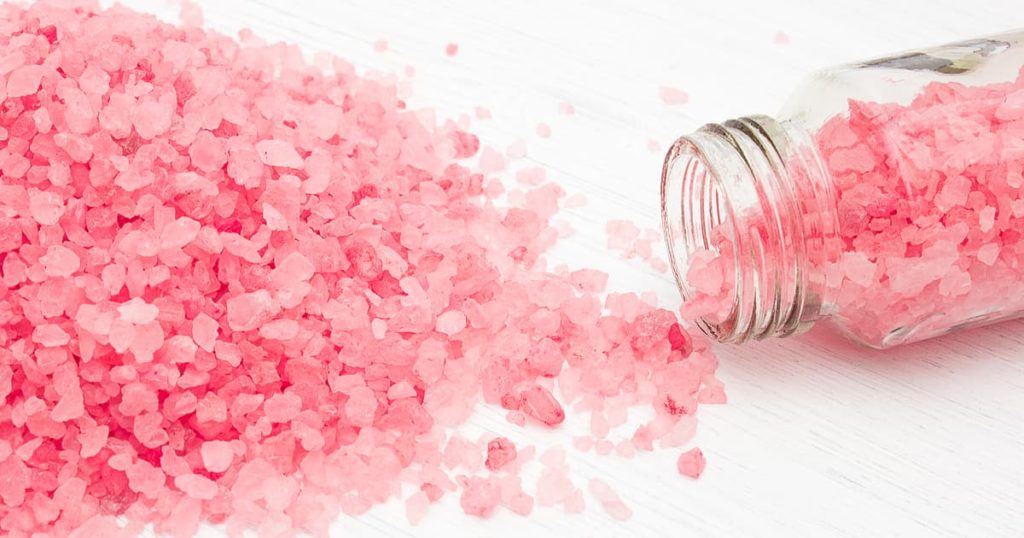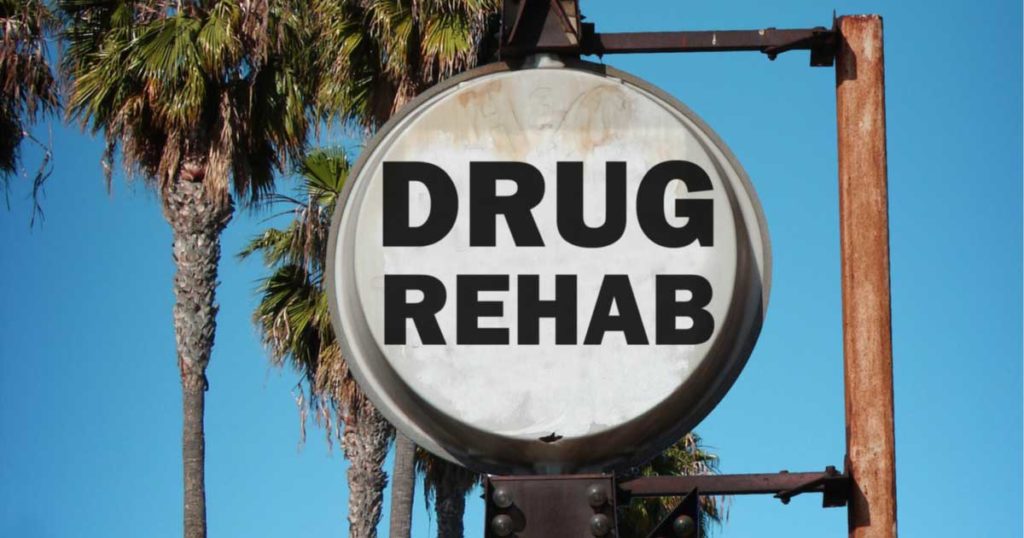Drugs and crime are inextricably linked. The damage they do within societies – whether in the United States or countless countries worldwide – is widespread and seemingly unstoppable. Just look at the violence spreading across the border as Mexican drug cartels wage bitter war against each other in a death-grip for control of lucrative drug trafficking routes between Mexico and the U.S. – specifically the bloodshed in and around Arizona border towns. More than 40 percent of marijuana coming into the United States is from Mexico. Marijuana is the Mexican drug cartels’ biggest and most lucrative export. The illicit marijuana trafficking is so enticing – representing $8.6 billion annually – that the two biggest Mexican drug cartels, the Sinaloa and the Juarez, are waging nonstop war over control of the Juarez/El Paso drug trafficking route. This has resulted in thousands of murders and kidnappings in the past couple of years, spiking most recently and involving innocent bystanders. Juarez today is the world’s murder capital – not an enviable accolade. More than 25,000 people have died as a result of the drug wars in Mexico since 2006 – another grim statistic. Most of these cases remain unsolved. Kidnapping of relatives of rival drug gang members, tourists, wealthy Americans, government officials and members of the news media has become commonplace. Of cause for concern to the citizens and governor of Arizona is that Phoenix is now the second biggest murder capital in the world. But it’s not just marijuana that accounts for the pervasive damage of drugs and crime. There’s also methamphetamine, another cash cow with Mexican origins. And heroin, black tar heroin, cocaine, street peddling of prescription drugs (painkillers, sedatives, tranquilizers) floods into the U.S. from countries around the world – all with ties to huge and well-funded drug trafficking organizations. From the street peddler to the mules who carry vast quantities of illegal drugs into this country, to the area gang leader who controls his soldiers, to the kingpins back in their home country raking in the profits and continuing the cycle, drugs and crime are big business. Estimates of the annual value of the worldwide illicit drug trade put the number at $360 billion. And, make no mistake about it, this big business, when threatened, turns violent to the extreme. The various attempts of war on drugs seems to temporarily thwart distribution and does result in vast quantities of drugs along with weapons caches being seized in raids. Usually the raids net a few low-level criminals, but there are occasional arrests of big-name cartel go-to bosses. Where one is taken down, another two or three quickly spring into action to take the place. The drug business continues unabated. Think of the reach of drugs and crime in society as a multi-tentacled beast devouring people and ruining lives, fostering decay and destruction everywhere in its path. Relationship of Crime to Drugs From the perspective of individuals in society, there are three different types of relationships between drugs and crime. These are drug-defined offenses, drug-related offenses, and drug-using lifestyle.
- Drug-defined offenses: By definition, these are violations of laws that prohibit or regulate the possession, use, distribution, or manufacture of illegal drugs. Examples include drug possession or use, marijuana cultivation, methamphetamine production, and sales of cocaine, heroin, or marijuana (among others).
- Drug-related offenses: These are offenses motivated by the user’s need for money to support continued use, offenses connected to drug distribution, and offenses to which a drug’s pharmacologic effects contribute. Examples include stealing to get money to buy drugs, violent behavior resulting from the effects of drugs, and violence against rival drug dealers.
- Drug-related lifestyle: This refers to a lifestyle in which the likelihood and frequency of involvement in illegal activity are increased due to the fact that individuals (drug users) may not participate in the legitimate economy and are exposed to situations encouraging crime. A drug-related lifestyle may include criminal skills learned from repeat offenders, opportunities to break the law because of contacts with criminals and illegal markets, and, in general, a life orientation with a focus on short-term goals supported by illegal activities.
Violent Crime and Drugs
Violent crime has always been associated with trafficking of drugs. The reasons for this association include: ongoing competition for drug customers and markets, disputes among those involved in the illegal drug market, and the tendency toward violence among individuals involved in drug trafficking. In addition, the locations where drugs are available are often disadvantaged economically as well as socially, legal and social controls tend to be ineffective against such violence and crime, and the proliferation of lethal weapons makes drug-related violence more likely and deadly.






